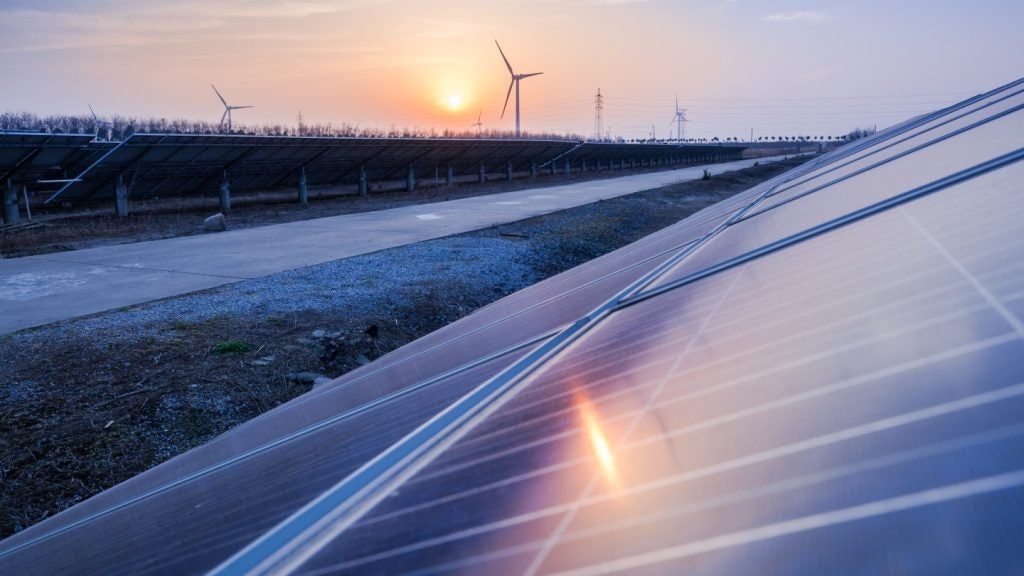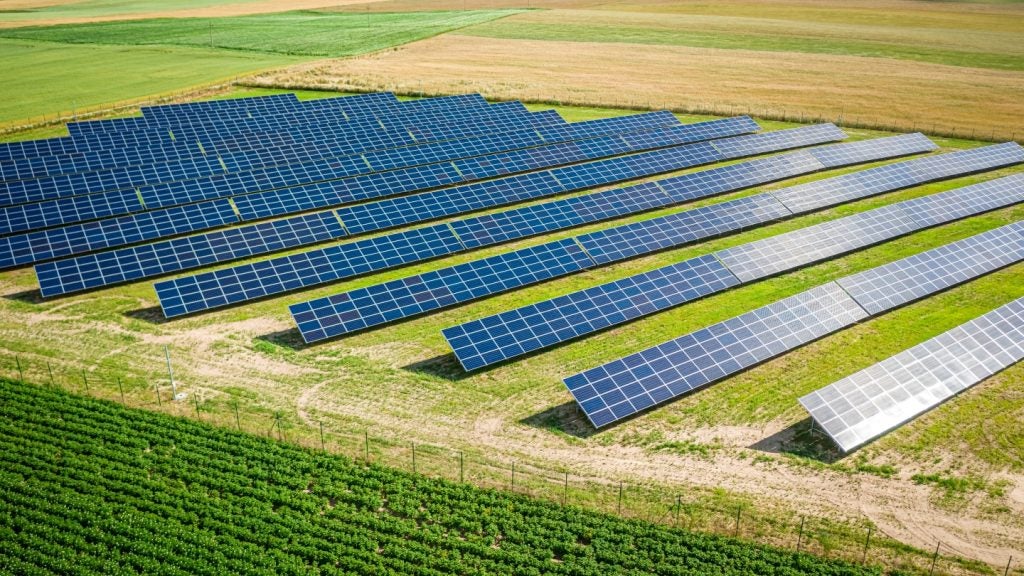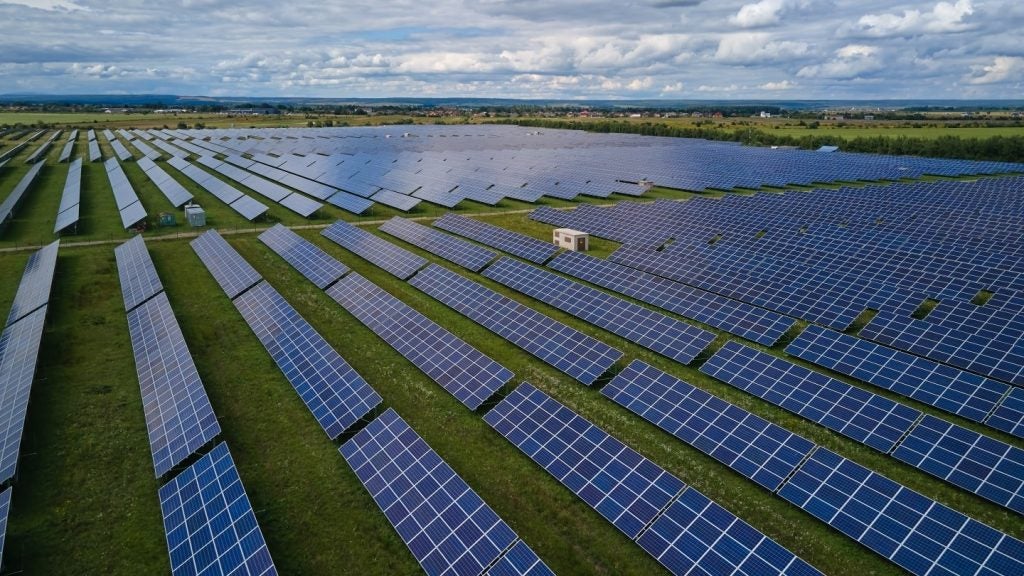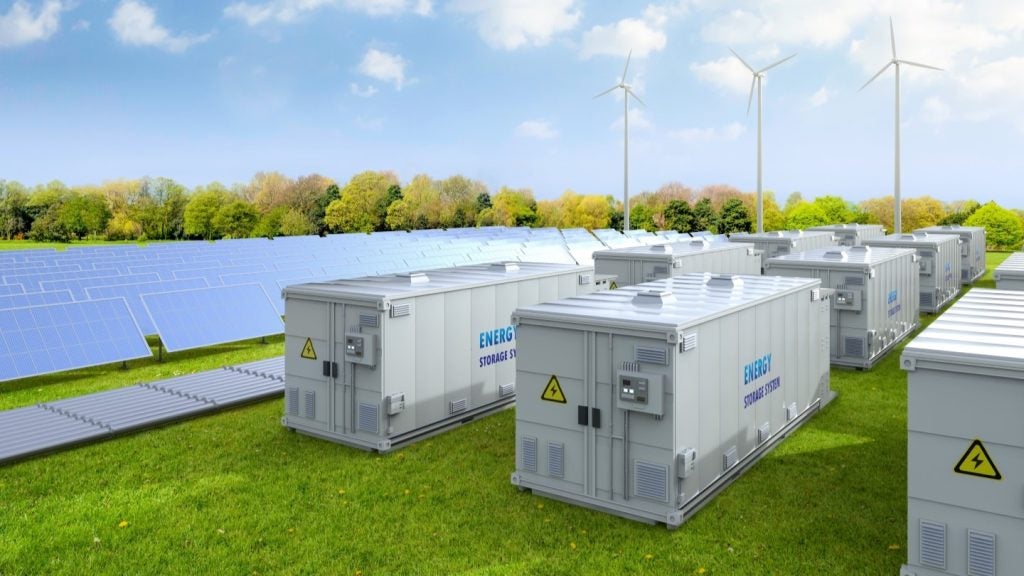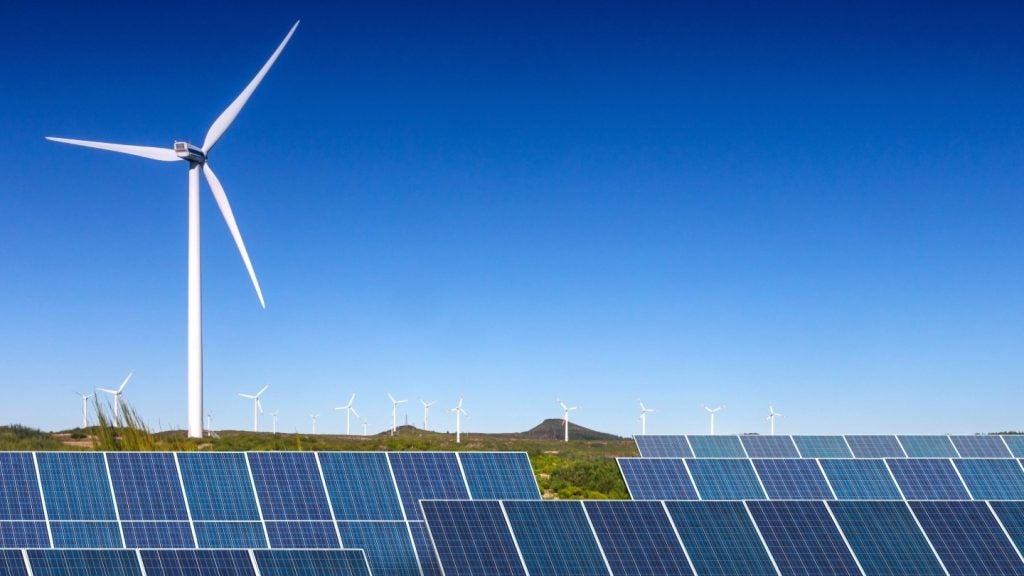The expansion of coal-based power in China risks eclipsing gains it has made in renewable energy, according to a new report published by the Centre for Research on Energy and Clean Air (CREA).
In September 2022, China’s National Development and Reform Commission revealed that the country’s renewable power installations reached more than 1,100GW, making it the world’s leader. The Chinese Communist Party (CCP) instigated growth in the renewables sector through the policy framework for peak carbon known as ‘1+N’, which aimed to increase the share of non-fossil fuel energy consumption to around 25% of the total energy mix by 2030.
In addition, the CCP made two commitments under the Paris Agreement: to ‘strictly control’ new coal power projects from 2021 to 2025 and reduce energy intensity (energy consumption per unit of gross domestic product) by 13.5% from 2020 to 2025.
However, China is off track with the two commitments as coal-fired power capacity has expanded. Since the beginning of 2022, authorities have granted permits of up to 152GW of coal power and started construction on 92GW of additional capacity. This was ten times the capacity permitted in the rest of the world in the same period.
Electricity shortages in the summer of 2022 caused this return to accelerating coal-fired power output. By the end of 2022, the nation was the only major emitter to increase emissions after the beginning of Covid-19 due to an energy intensive post-lockdown recovery.
Energy Monitor, a sister publication of Power Technology, also reported that in the first quarter of 2023, China approved at least 20.5GW of new coal power for development.
CREA stressed that such developments mean that total coal capacity is on track to rise 23% by 2030. The report said: “Given China’s share of global emissions, almost one-quarter, and China’s dominant role in the increase of global emissions, peaking emissions and reaching carbon neutrality are mathematical necessities if the global goals are to be met.”




